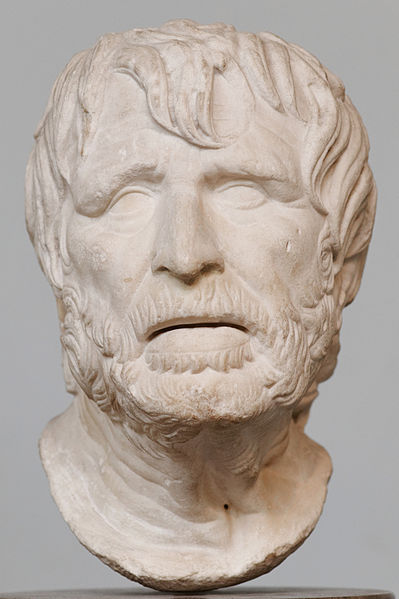Акс:Pseudo-Seneca BM GR1962.8-24.1.jpg

Андозаи ин пешнамоиш: 399 × 599 пиксел. Дигар кайфиятҳо: 160 × 240 пиксел | 320 × 480 пиксел | 512 × 768 пиксел | 682 × 1 024 пиксел | 2 533 × 3 800 пиксел.
Акси аслӣ ((2 533 × 3 800 пиксел, ҳаҷми парванда: 7,38 Мбайт, навъи MIME: image/jpeg))
Таърихи файл
Рӯи таърихҳо клик кунед то нусхаи марбути парвандаро бубинед.
| Таърих | Бандангуштӣ | Андоза | Корбар | Тавзеҳ | |
|---|---|---|---|---|---|
| нусхаи феълӣ | 18:44, 24 июни 2011 |  | 2 533 × 3 800 (7,38 Мбайт) | Jastrow | larger resolution, less noise |
| 19:31, 8 Декабри 2006 |  | 1 800 × 2 730 (2,67 Мбайт) | Jastrow | {{BritishMuseum |Unknown |“Pseudo-Seneca”: the bust was identified for a very long time with the Roman philosopher Seneca. It was acknowledged as spurrious after the discovery of an inscripted portrait bearing Seneca's name (1813). May actually repres |
Пайвандҳо
Саҳифаҳои зерин ба ин акс пайванданд:
Истифодаи саросарии парванда
Викиҳои дигари зерин ин файлро истифода мекунанд:
- Истифода дар ar.wikipedia.org
- Истифода дар arz.wikipedia.org
- Истифода дар ast.wikipedia.org
- Истифода дар az.wikipedia.org
- Истифода дар az.wikiquote.org
- Истифода дар ba.wikipedia.org
- Истифода дар be.wikipedia.org
- Истифода дар bg.wikipedia.org
- Истифода дар br.wikipedia.org
- Истифода дар bs.wikipedia.org
- Истифода дар ca.wikipedia.org
- Истифода дар ca.wikiquote.org
- Истифода дар ce.wikipedia.org
- Истифода дар co.wikipedia.org
- Истифода дар cs.wikiquote.org
- Истифода дар cs.wikisource.org
- Истифода дар da.wikipedia.org
- Истифода дар de.wikisource.org
- Истифода дар el.wikipedia.org
- Истифода дар en.wikipedia.org
- Истифода дар en.wikisource.org
- Истифода дар es.wikipedia.org
- Истифода дар es.wikisource.org
- Истифода дар eu.wikipedia.org
- Истифода дар ext.wikipedia.org
- Истифода дар fi.wikipedia.org
- Истифода дар fi.wikiquote.org
- Истифода дар fr.wikipedia.org
- Истифода дар fr.wikisource.org
- Истифода дар gl.wikipedia.org
- Истифода дар he.wikipedia.org
- Истифода дар hr.wikipedia.org
- Истифода дар hy.wikipedia.org
- Истифода дар ia.wikipedia.org
- Истифода дар id.wikipedia.org
- Истифода дар id.wikibooks.org
- Истифода дар io.wikipedia.org
- Истифода дар it.wikipedia.org
View more global usage of this file.
